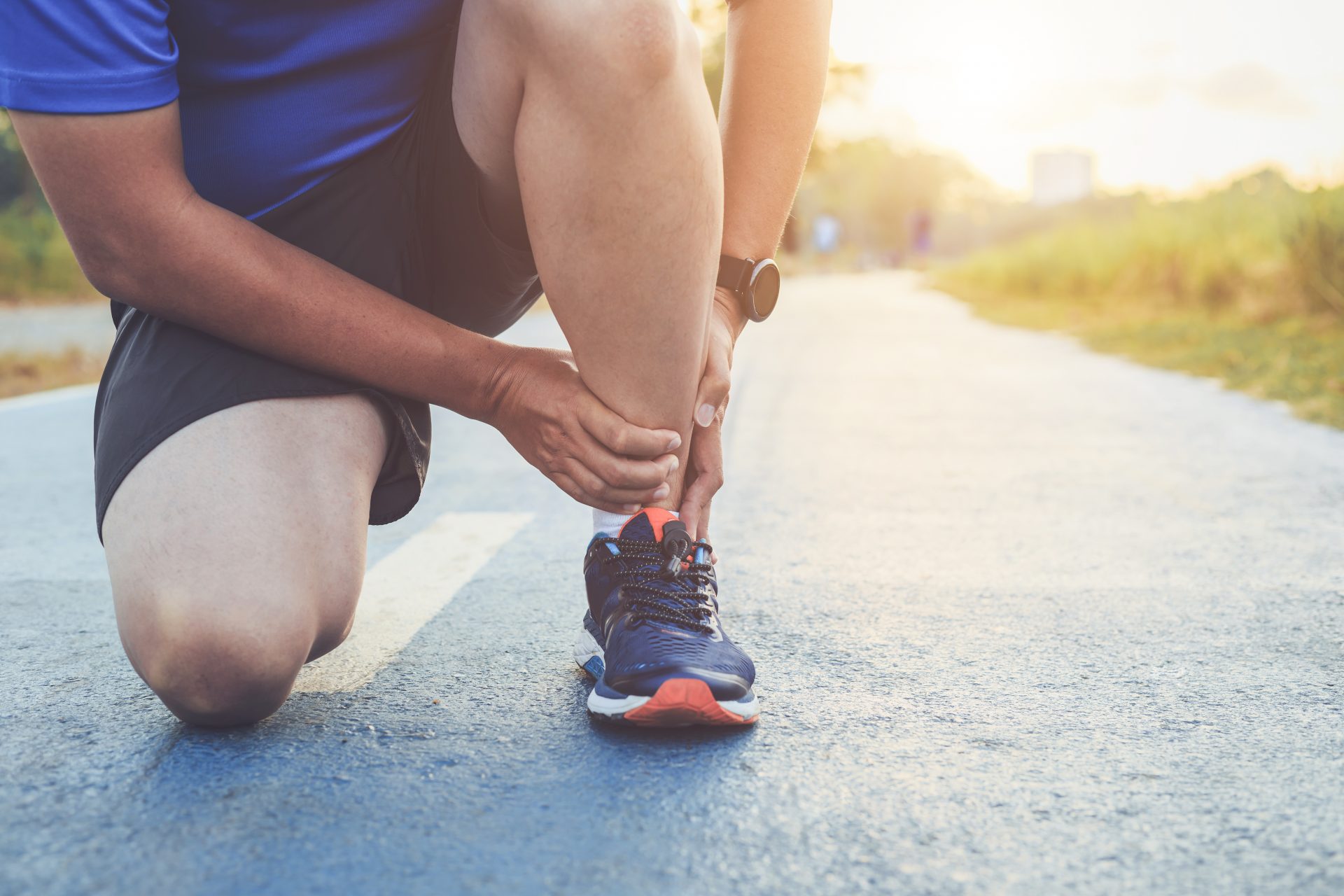Shin splints is an umbrella term for a variety of conditions resulting in shin pain and is a common complaint amongst people at all levels of physical activity.
It most commonly affects runners or people who play running based sports and is typically more prevalent in pre-season.
There are two main areas of pain which relate to shin splints, these are known as anterior shin splints and posterior shin splints.
It is important however to have a clear diagnosis as to the cause of your shin pain. In this blog I am discussing the two types of shin pain resulting from muscular dysfunction.
Pain resulting from actual stress/micro fractures to the bone will involve different management to resolve symptoms.
Anterior shin splints
Anterior shin splints or anterior tibial stress syndrome, is characterised by pain along the front (anterior) aspect of the tibia.
This form of shin splints is caused by the tibialis anterior muscle which attaches to the lateral border of the tibia and is responsible to lifting up your foot.
If your shin pain is bought on by initial foot contact during running, or by lifting your foot with your heel on the ground, it is likely that you may be suffering from anterior shin splints.
Posterior shin splints
Posterior shin splints or medial tibial stress syndrome is characterised by pain along the inside (medial) aspect of the shin, this form of shin splints is typically more common than the anterior version.
Posterior shin splints are caused by the tibialis posterior muscle causing stress on the medical aspect of the shin where it attaches to the bone, resulting in pain.
Causes of shin splints
There are several causes that someone may be suffering from shin splints.
Here is a list of a few of the major causes:
- Over pronation of the feet
- Sudden change in running surface
- Inappropriate or a recent change in foot wear
- Sudden increase in training loads/volume
- Poor muscular control around your hip/knee
- Weakness in muscles around the hip, knee or ankle
Treatment
Treatment shin splints will vary substantially depending on the type of shin splints, and the underlying cause of your pain.
Shin splints can be well managed by physiotherapy treatment and management and tend to respond to treatment very well if treatment begins in the early stages of the syndrome, again assuming it is primarily a muscular issue.
If you are suffering from any degree of shin pain, even if it disappears after the warm up, we would recommend seeking some treatment to avoid progression of the condition, which will ultimately result in time off your sport/exercise.
From my time at Palmyra Rugby Club I have seen both sides of this, with players seeking early treatment missing minimal time, if any, as well as those that have ignored symptoms and ended up missing multiple weeks from their injury.

